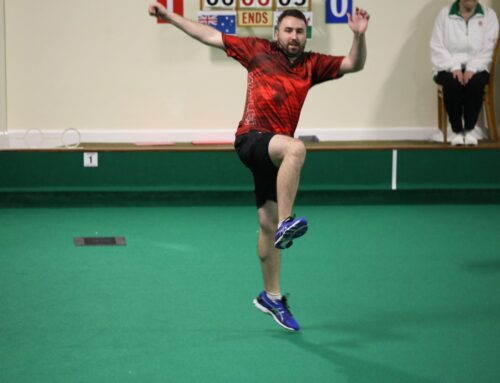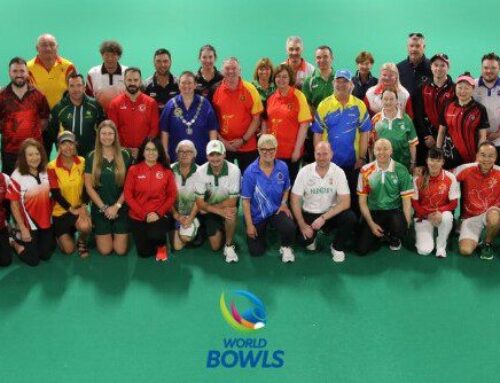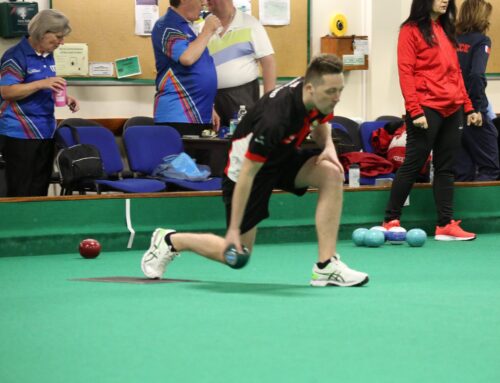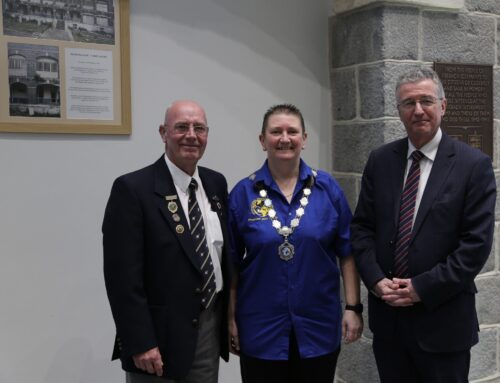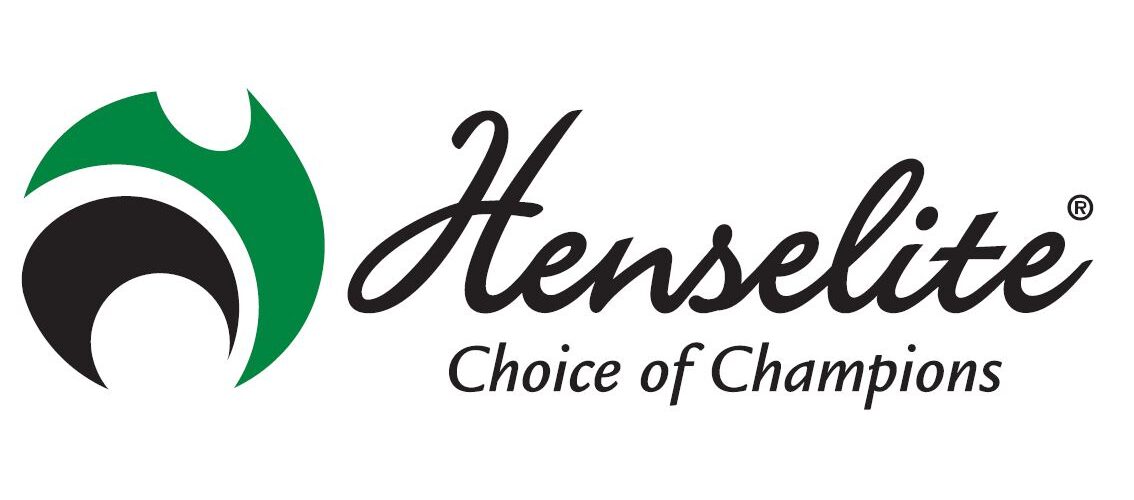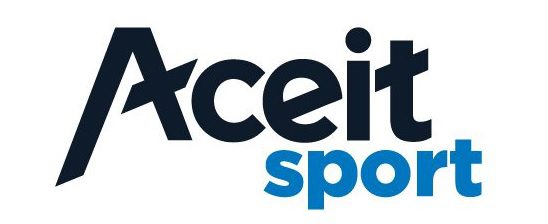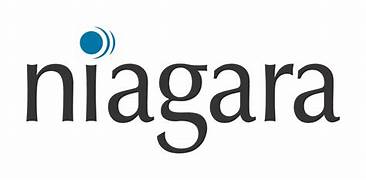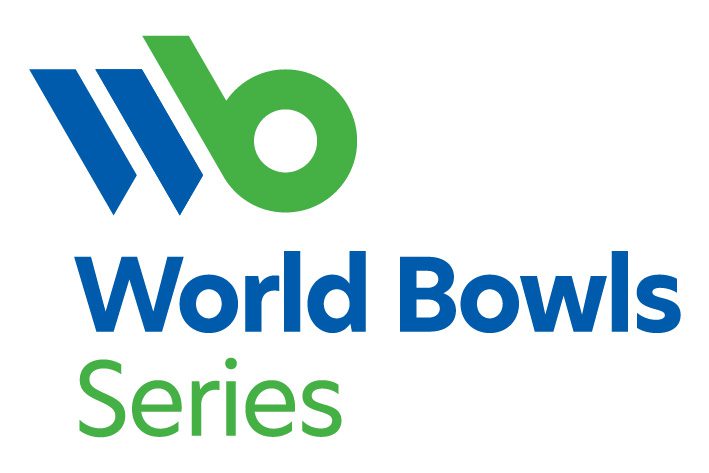
I read with interest this week the proposed sports to be included on the program for the Los Angeles 2028 Summer Olympics.
When I heard that Baseball/Softball, Cricket, Flag Football, Lacrosse, and Squash were proposed for inclusion, I immediately thought that maybe Bowls does have a chance to be included despite my scepticism. I had feared we had no hope.
Given the inclusion of extreme sports such as skateboarding, surfing, climbing, and breakdancing in recent summer Olympics, I thought the “traditional “sport” of Bowls would have no chance. Now I am not so sure!! Baseball/Softball, Cricket, Lacrosse, and Squash could be described as sports with a reasonable history and longevity, so this gives me some optimism about Bowls!
For context, I am the CEO of World Bowls and started this position in December 2022 after spending 15 ½ years as CEO of Bowls Australia and spending time in roles at Softball Australia and Cricket Australia both of which are now Olympic sports.
One my focus areas of for my position at World Bowls is to explore how and whether Bowls could ever achieve Olympic and Paralympic status. Currently, we are not even recognised by either organisation let alone being considered for inclusion on a future program.
Why do we want Bowls to be included?
For many sports, the inclusion on an Olympic program is a fast-track to popularity with increased participation, television exposure, more sponsors and increased income. So it is not surprising that World Bowls and our members are keen to get in on the action.
My case for the inclusion of Bowls
So, can I make a case for Bowls inclusion in the Olympic and/or Paralympic Games in Brisbane in 2032?
The following is a summary of how Bowls stacks up against the five categories of criteria that sports are evaluated on by the IOC:
- History of the sport: historians believe that the game of Bowls was developed from the Egyptians. One of their pastimes was to play skittles with round stones. This has been determined by artefacts found in tombs dating back to circa 5000 BCE.
World Bowls currently has fifty-seven affiliated national federations (across all five regions) with a global level of participation over 1 million. We have approx. twenty-five countries ready to join World Bowls which will take our membership to well over eighty countries.
Bowls has been a Commonwealth Games sport since the inaugural edition of the event’s precursor, the 1930 British Empire Games and features in the South East Asian Games and World Masters Games.
- Institutional matters: the financial status of the sport is solid with contemporary governance practices, gender equity on our Boards, Committees and throughout all competitions conducted and we have a clear vision, direction, and strategic plan. Importantly, Bowls is played by able and para bowlers and by mixed teams on the same green and at the same time, making it one of the most inclusive and accessible sports in the world.
- Value added to the Olympic movement: the image of Bowls is somewhat skewed to the older generation, but this is why I see where Bowls has somewhat of an advantage. Populations around the world are getting progressively older and are living longer so Bowls represents a terrific sport to appeal to this widening demographic, both from a participation perspective and potentially appealing to a very large number of eyeballs from a broadcast point of view.
- Popularity: Bowls has demonstrated its ability to draw spectators to major events at the Commonwealth Games on the Gold Coast in 2018 and Birmingham in 2022 where the grandstands were full of Bowls “traditionalists” and new spectators to the sport. Bowls consistently attracts a reasonable level of sponsorship; media interest and we can guarantee that our best athletes would compete at the Olympics.
In 2024, World Bowls is establishing a new global Super League, a new World Bowls Tour/Series featuring 15-20 World Bowls sanctioned events and a world rankings program, with the aim of making the sport more appealing to players, spectators, and broadcasters alike.
The advent of short formats of play is very much part of many competitions played across the world and this makes Bowls far more appealing to younger audiences and now very popular in schools. Short, fast paced games with power plays means a Bowls match can go for roughly 1 hour and that more consequences can occur more often in these matches.
- Business model: the cost of staging a Bowls event is always going to be minimal given the size of a bowling green is comparable to a tennis court. Bowls is very flexible in terms of the surface and whilst grass is popular, the advent of many new synthetic surfaces makes Bowls very easy to stage at a low cost for the event host city.
Brisbane 2032
The Bowls pitch is very much focussed on Brisbane 2032, and this is for both the Paralympics and Olympics.
We know that some sports are subject to regular reviews with those that are included at the promotion of the local organising committee. For example, softball and baseball were included until 2008, were dropped for London and Rio, returned for Tokyo, dropped for Paris, and then return for Los Angeles.
Bowls would be a great addition to the Brisbane 2032 sports program. It would be a low-cost option from a facility/infrastructure perspective and would be guaranteed to have large crowds given its stature and profile in Australia. The bowlers participating would include an equal number of women and men together, a mix of para and able bowlers and bowlers aged from 16 – 65 – this demographic spread can’t be matched by any other sport on the Olympic program!
Bowls is a huge sport in Australia with over 1,900 clubs and 400,000 participants Australia wide making it in the top ten participation sports in Australia. The Australian Bowls team is widely regarded as the no. 1 nation in Bowls and has topped the medal tally at recent World Championships and Commonwealth Games so Australia would be expected to perform well if Bowls were included in the Olympics and Paralympics.
And in conclusion
Ultimately, it’s the IOC members who get to choose if a sport makes it onto the program or not, so there is much work to be done by World Bowls for Bowls to be considered.
Our first step is become recognized by the IOC and to become members of the IPC, which we are currently working very hard on.
Additionally, and importantly, we must:
- Grow our membership – both in the number of countries and spread around the world and the people that play – the participants.
- Improve our sport’s popularity from a spectator and broadcast perspective by introducing new, innovative, and short formats of play in competitions across the World i.e., in events like the Commonwealth Games.
- Make the sport more commercially attractive to potential Games hosts – by staging events with large attendances and high broadcast numbers.
I am clear that whether we make the Olympic or Paralympic program or not, if we undertake and deliver on what I have outlined in this article, then Bowls globally will be in a much better place than we are now.
Neil Dalrymple
Chief Executive Officer
World Bowls
